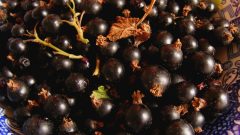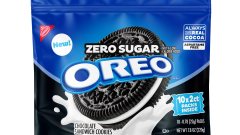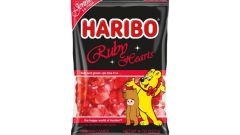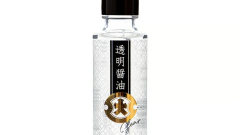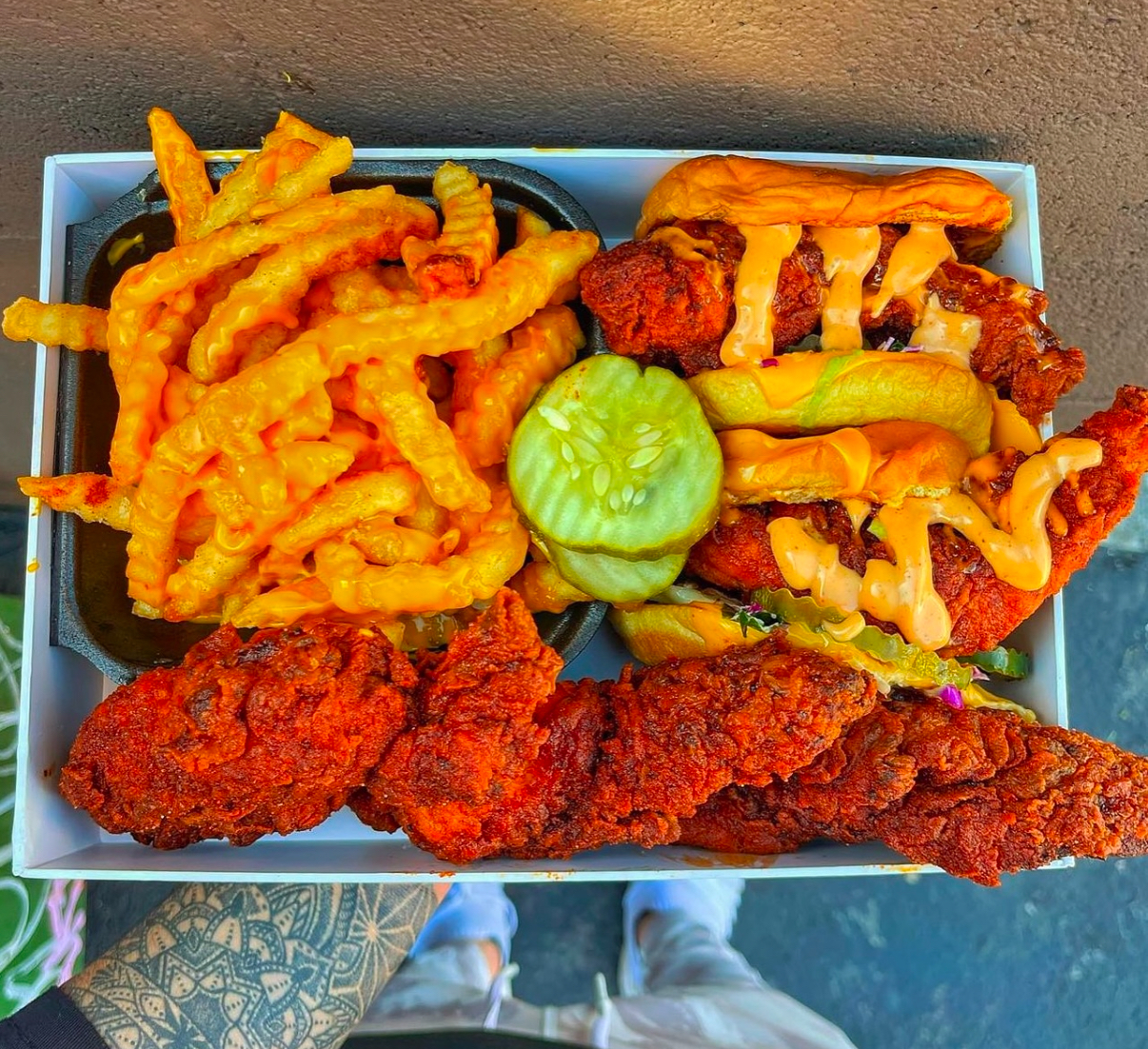Here’s What Those Labels on Your Food Products Really Mean
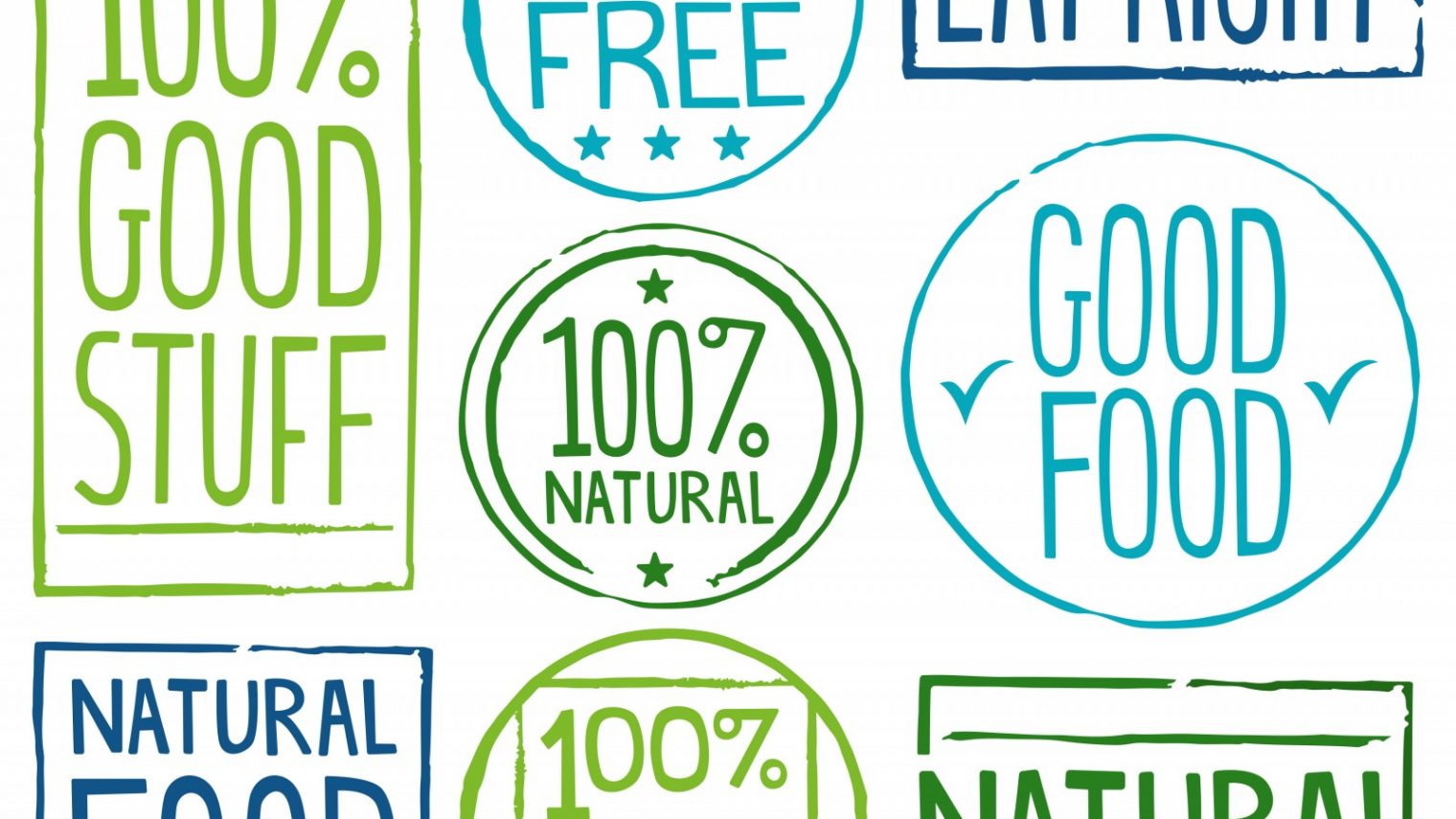
The food industry absolutely loves to throw a ton of healthy buzzwords onto food labels. Most food products these days bombard consumers with a variety of words like “clean label,” “non-GMO,” “gluten-free,” “organic,” and several more that consumers want to see on food labels.
These all sound great to consumers, because to consumers, all of these words make the foods that carry them sound healthy. However, a lot of people don’t know what all of these words mean, as has been proven by Jimmy Kimmel on numerous occassions.
As a food scientist, it’s my job to know what these words mean so I know if companies I work for meet the label requirements. My aim is to use what I’ve learned to clarify to consumers, so that the next time you go grocery shopping, you have an idea of what actually goes into the meanings for all of these words.
Organic

Photo: The Plate
Organic is definitely one of the most complex labels out there. Food products that have varying percentages of organic ingredients are allowed to have different labels or say different things on their product packages, such as “Made with Organic Ingredients” or “100% Organic.” While consumers think that organic is great, a lot of people don’t understand what it means for something to be certified organic.
Organic labeling itself began in 1993, and was presented under a strict set of requirements. Organically grown food had to be free of specific chemicals that were established by the law (and the list continues to be modified even today), and the land it was grown on had to be free of these same chemicals for at least three years prior to growth. A whole host of other agricultural and farming practices are required for organic certification to be reached.
One of the biggest things to understand about organic that most people don’t, however, is that all organic products are also non-GMO by legal definition. So, if you purchase organic products, you don’t have to worry if GMOs exist in those products too, since they legally can’t be in there.
Non-GMO

Photo: Food Scape Finds
While the federal government is just starting to get on board with non-GMO labeling, independent programs like the non-GMO project are sweeping across the nation. Having one of these verifications of non-GMO is just as important to consumers as the US requiring labeling of products containing GMOs will be.
While the US requirements are pretty simple to understand, the requirements for some of the independent verifiers are a little more tricky. The Non-GMO Project’s standards are broad, covering everything from traceability to the feed that livestock consume. It’s a big reason as to why their label is so coveted by a lot of food producers – as is the claim of non-GMO.
To be non-GMO requires the absence of any genetically engineered food ingredients or organisms in the production or growth of any product (Genetically modified is too loose of a word, since all living things’ genes are naturally modified over time). While there is no change in the actual nutritional content or toxicological risk of the food between GMO and non-GMO, ethics becomes the big question when choosing non-GMO products over GMO. There are good usages of GMOs, like in the reduction of food waste or scaling natural ingredients that couldn’t be grown in large amounts on their own. There are also bad uses, like we all saw with Monsanto in Food, Inc. Having the traceability to understand exactly what GMOs are in your product is key to understanding those ethics, though that could be a whole week of articles on its own.
Gluten-Free

Photo: Men’s Journal
Gluten-Free is pretty straightforward: No gluten can be found in the product (Technically, less than 20 ppm is okay). Any food not containing wheat, rye, barley, or any of their hybrids can also be labeled as gluten free.
For those unclear on what gluten is, it’s a protein network developed inside of wheat, rye, and barley when mixed with water. Two proteins, glutenin and gliadin, contribute to the development of gluten and give bread its stretchiness a – while being painful for those with Celiac disease.
Whole Grain

Photo: Don’t Panic Mom
Various label claims for whole grain like the amount in a food or “100% whole grain” are permitted by the FDA. They’ve also required that for whole grain to be on the label, the entire grain (or matching compositions of a whole grain) must be in the product.
These whole grains include cereal grains like amaranth, buckwheat, rice, quinoa, millet, wheat, and corn.
No Added Sugars

Photo: Kev’s Snack Reviews
This is a trickier definition that was just defined recently by the FDA. With the new nutrition labels coming out requiring added sugars to be labeled, the FDA had to explain what added sugars are. In their words, added sugars are those added in during processing that are in excess of what could be found in natural ingredients added (ie. fruit juices).
No Added Sugars does NOT mean sugar-free, however. Sugars can still exist if it’s naturally in an added food ingredient (ie. fruit juice or milk), or comes from the breakdown of starches in food (by heat, fermentation, or grain sprouting). Keep that in mind as you shop for products and look at food labels.
All-Natural

Photo: One Green Planet
All-natural used to be one of the most popular claims on food labels, but has a taken a hit recently. That’s because people now understand that there is no real definition of natural from the FDA as of right now, and all-natural basically means all of the ingredients come from nature. While that includes things like strawberries and wheat, it also includes not-so-appealing natural ingredients like carmine (crushed bug extract used as a food coloring) or castoreum (a natural vanilla flavor derived from beaver secretions).
The good news is that the FDA is currently attempting to define “natural,” so hopefully it can be used meaningfully on food labels again in the near future.
Clean Label

Photo: Ingredients Network
Much like “all-natural” above, there is no official legal definition for “clean label” food products, either. The FDA hasn’t begun to consider that definition yet, but it is a topic of hot debate. Nobody is quite clear on what the definition is, but some key ideals have surfaced. These include using simple, real ingredients, as well as the removal of a large number of additives – often nicknamed as the “No-No” List.
Several other healthy buzzwords are out there that you can find, but these are some of the more key – or controversial – buzzwords found on several food products. Hopefully, the explanations provided on what these mean gives you a better understanding of what they mean – and makes you look harder the next time you go shopping.


